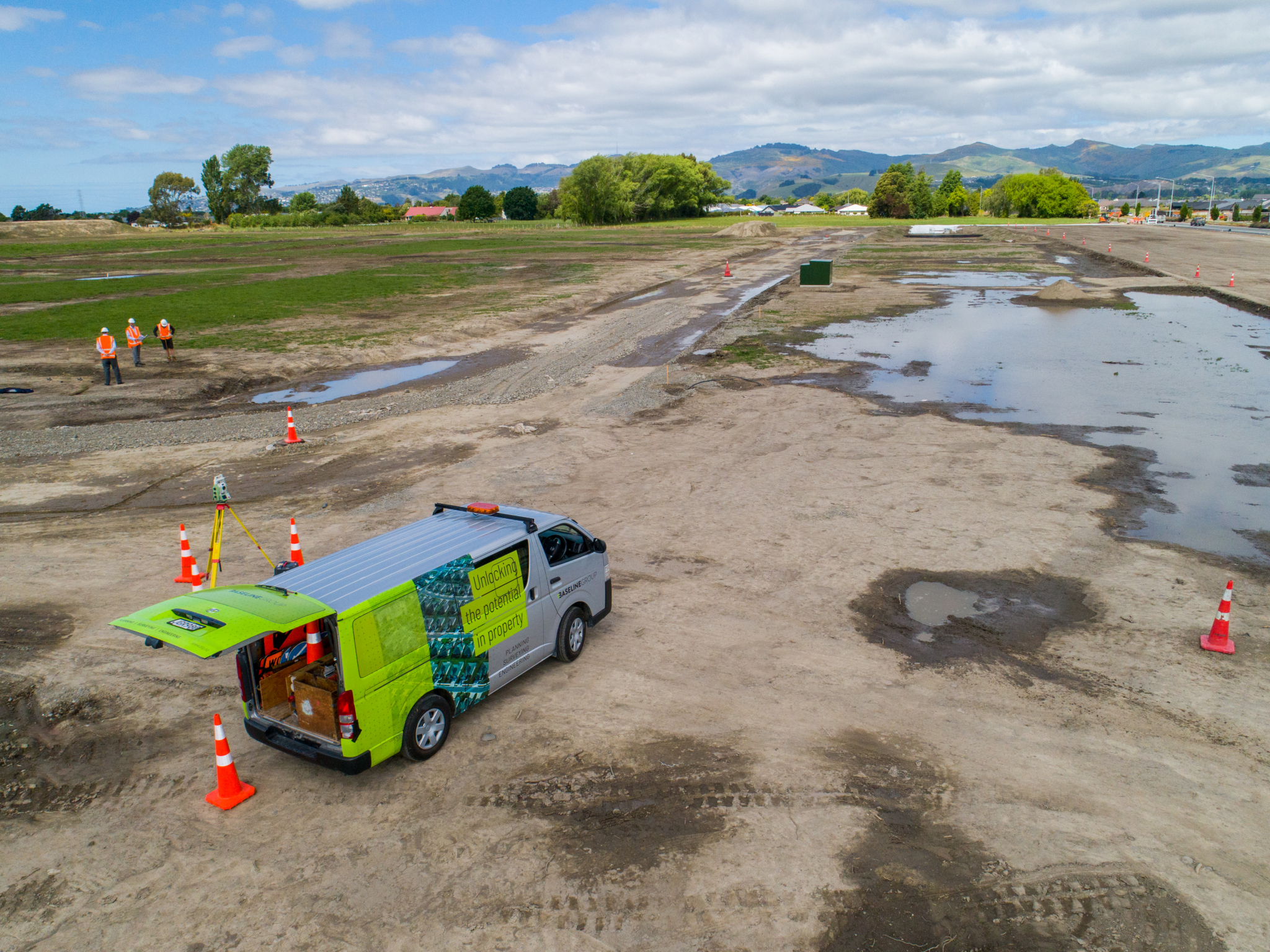By Anna Bensemann, Senior planner, Baseline Group Marlborough | Dec 21, 2023

The National Policy Statement (NPS) on Highly Productive Soils, established in 2022, has had a significant impact on rural land development in New Zealand. Targeting all Land Use Classification 1, 2, and 3 soils – defined as lands highly suitable for agricultural production – irrespective of their current use or potential improvement, this policy primarily aims to prevent the loss of these valuable lands for productive uses. While its intentions are to safeguard agricultural land, the NPS has raised several challenges, particularly in agricultural activities and land subdivision.
How does the National Policy Statement effect Rural Land Development?
A key impact of the NPS is its restriction on land uses supporting agricultural ventures. Farmers and land developers are finding it increasingly difficult to initiate or expand agricultural operations on areas designated as Highly Productive Land (HPL). This limitation has not only impeded the growth of individual enterprises but also posed a broader challenge to the rural economy's expansion.
Land subdivision, a vital component of rural land development, has also been affected. The technical requirements to meet the NPS criteria have rendered subdivision both costly and, at times, near impossible. These challenges have erected barriers for developers aspiring to subdivide land within the HPL category, thus affecting the efficiency of land use in rural areas.
Adding to these difficulties is the variability in how different councils interpret and implement the NPS. Each council has its own approach to the policy, leading to differences in the requirements across districts. This inconsistency adds a layer of complexity and unpredictability for land developers attempting to comply with the NPS standards.
In its effort to preserve high-quality agricultural land, the National Policy Statement on Highly Productive Soils has inadvertently introduced several concerns within the rural development sector. The restrictions on agriculture and the hurdles in land subdivision have collectively created significant obstacles for farmers and developers. The technical nuances of the NPS, combined with diverse council interpretations, contribute further to the uncertainties in rural land development.
Looking ahead, it is essential for policymakers, councils, and industry stakeholders to collaborate and find a balanced approach. Developing clearer, more uniform guidelines is vital to mitigate the adverse effects of the NPS, paving the way for a more predictable and supportive environment for those shaping New Zealand's rural landscapes.
Articles you might be interested in
- What the New Planning System Will Mean for Future Developments
- Granny Flats are not lawful – Yet
- Key Fundamentals of Urban Design and how these are showcased in Rolleston
- Target Price Contracts: A Smarter Way for Developers to Avoid Budget Blowouts
- New RMA rules tighten hazard controls for urban development
- The enjoyment of private property rights
- How AI can shape our future?
- What are development contributions and how might they affect you?
- Granny Flats to Be Allowed, Without Consent: What Homeowners Need to Know
- Adapting to a Depreciating New Zealand Dollar (NZD)